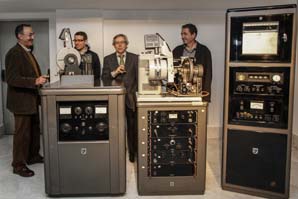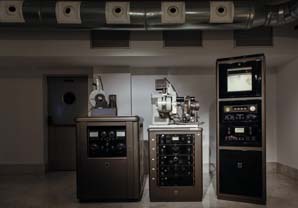Universitat de València scientific and medical collection. 1. Science and society

Medicine, science and technology are social activities. Their development responds to a series of rules and values typical of specific historic contexts. In fact, throughout history, the knowledge of nature has been inscribed into a set of relationships with other social, political and cultural forms, and has contributed to shaping individual and collective existence.
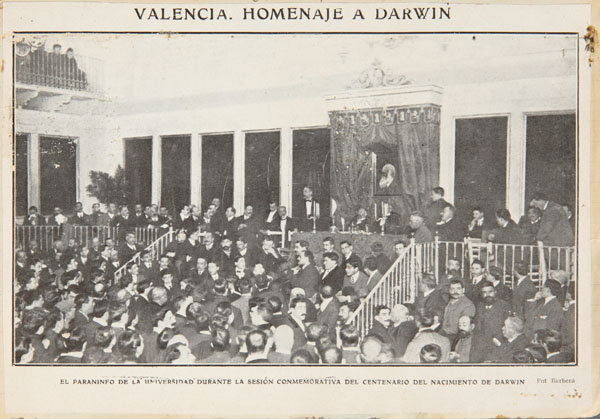
|
Picture of the opening of the exhibition.
|
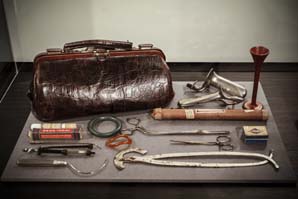 Midwife briefcase, 1935
|
Medicine, science and technology are social activities. Their development responds to a series of rules and values typical of specific historic contexts. In fact, throughout history, the knowledge of nature has been inscribed into a set of relationships with other social, political and cultural forms, and has contributed to shaping individual and collective existence.
The exhibition gives some examples of how medicine, science and technology have transformed modern societies. The questions raised allow visitors to delve into a number of aspects connected to knowledge production and medical and scientific practice. To begin with, the exhibition addresses the difficulty in defining science practitioners and the importance of contributions by amateur scientists. Then, it introduces power relations between experts and lay people, the role of expert knowledge standing out in the development of modern societies via its links with justice, public health and risk management. It also shows how the development of science incorporates political, ideological and social dimensions, and explores the question of how diseases suffered by the Valencian population along history prompted available resources to be pooled. Lastly, it touches upon gender issues such as the obstacles to women’s professionalization and the devaluation of activities mainly done by them.
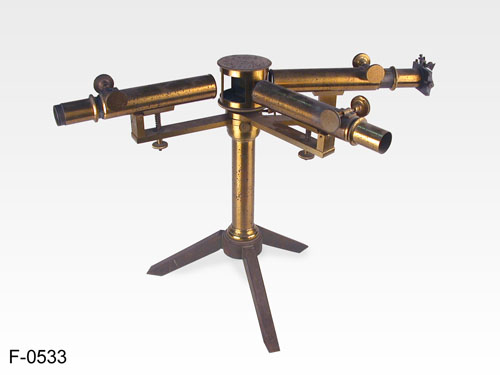
Spectroscope, c. 1900 - 1920
This approach –based on the university’s collection of scientific and medical instruments and graphic and bibliographic heritage– helps visitors understand some recent historiographical debates. The exhibition provides the necessary tools to value and interpret our cultural heritage and to critically reflect about today's problems.
Of a permanent nature, the exhibition presents a selection of 50 instruments and materials from the scientific and medical collection of Universitat de València that are structured into five sections intending to answer these questions:
- How do science aficionados contribute to science?
- What is the role of experts in modern societies?
- Is science apolitical?
- How are resources pooled together when diseases hit society?
-
Is science masculine?
|
X-Ray Diffraction (XRD) equipment, 1956 – 1857
|
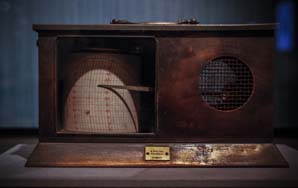 Daniell’s hygometer, 1900 - 1920
|
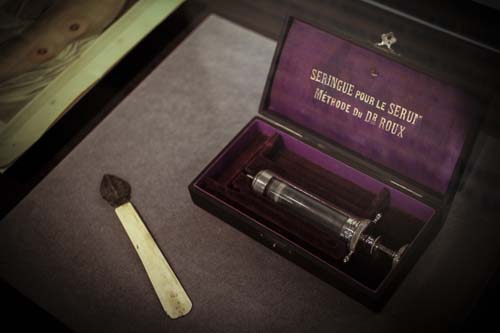
Syringe for the administration of anti-diphtheritic serum, 1900
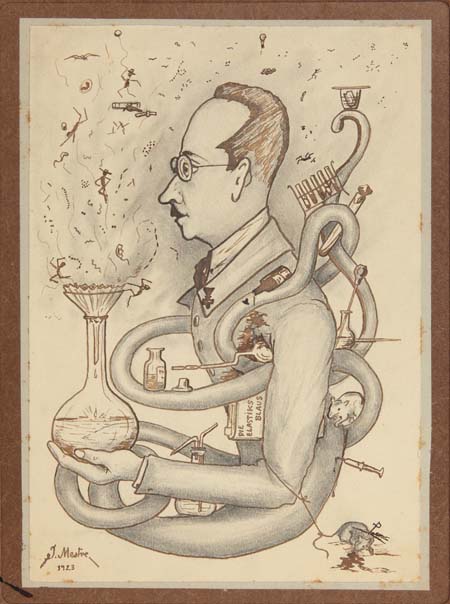
Vicente Peset by J. Mestre
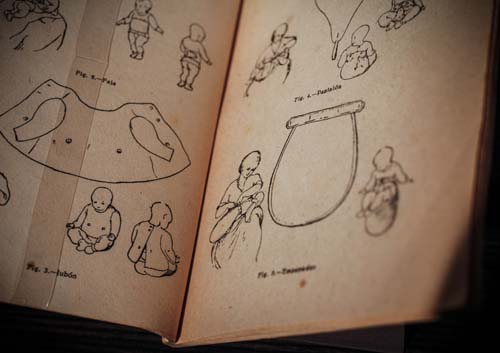
Book by Luis Valencia “Higiene de la primera infancia”, 1900


